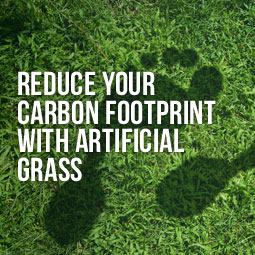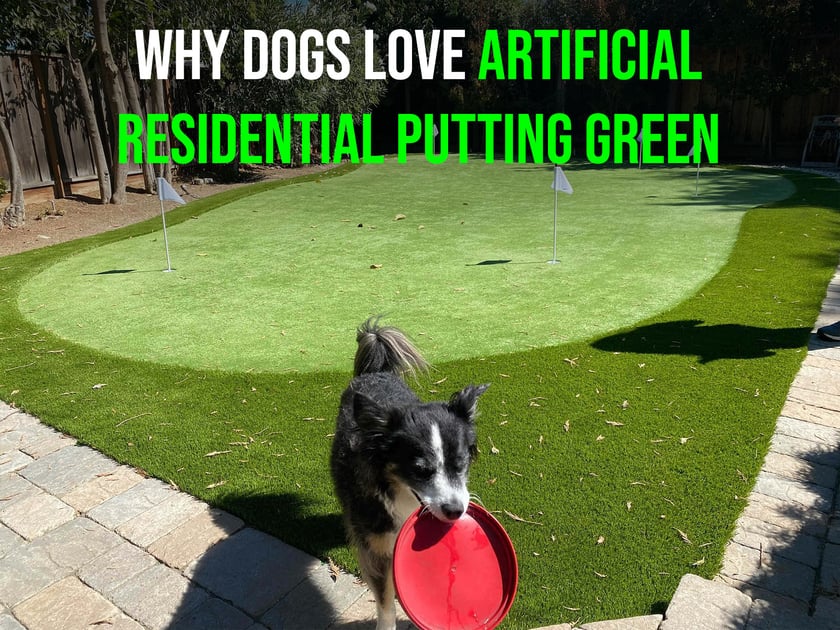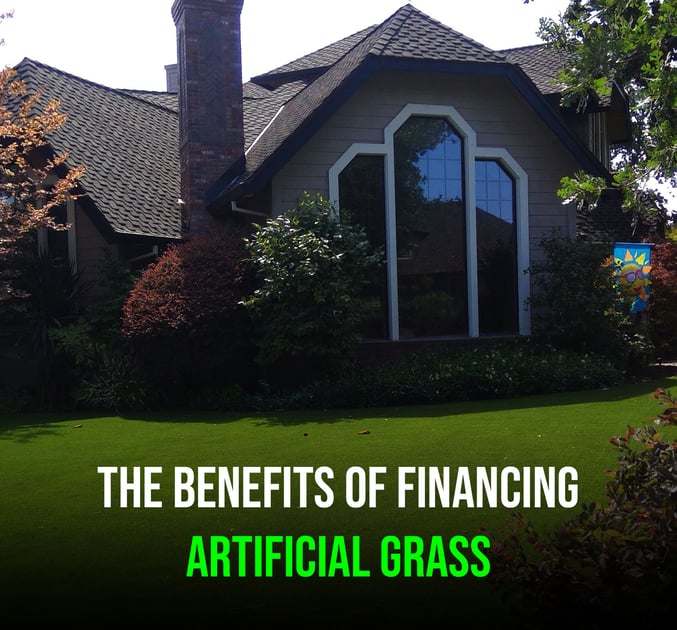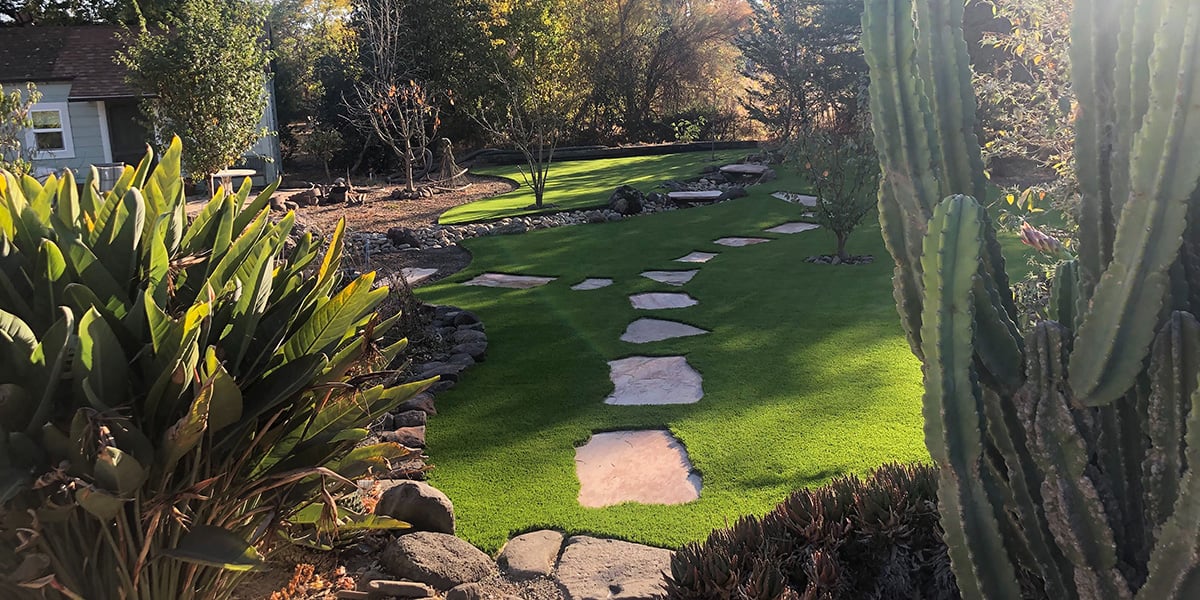
Switching to an artificial grass lawn is the environmentally responsible thing to do. It’s the best solution for your outdoor living environment. It’s eco-friendly for flora and fauna (and your own kids and pets). It upgrades your personal environment with time and money savings. And installing artificial grass even reduces your carbon footprint.
Talk about a comprehensively smart investment!
What is a carbon footprint?
We hear this phrase a lot these days, but what does it mean, exactly? Time for Change defines carbon footprint as, “The total amount of greenhouse gases produced to directly and indirectly support human activities, usually expressed in equivalent tons of carbon dioxide (CO2).”
They explain that, as an individual, “Your carbon footprint is the sum of all emissions of CO2 (carbon dioxide), which were induced by your activities in a given time frame.” That’s usually a year – all the things you do directly that burn fossil fuels (like driving or using a gas grill) and also indirect things such as buying and using foods and other products manufactured using processes that produce CO2.
By doing less of those things, you reduce your carbon footprint. You’re doing your part to reduce global warming and to support environmental sustainability.
Artificial grass vs. natural grass
There are certainly reasons to love natural grass, but maintaining a natural grass lawn just doesn’t make personal or environmental sense when you live in northern California. The astounding water waste and the endless chemicals required to keep the grass green and growing and trimmed are bad enough. But gas-fired mower and blowers are some of the worst polluters around when it comes to emitting noxious gases into the atmosphere – the very things that increase your carbon footprint!
Artificial grass is kinder and gentler. It doesn’t need water, so you can conserve a previous natural resource as well as money. It doesn’t need chemicals, mowing, or other maintenance that can harm our air and water. The crumb rubber used for infill in some artificial grass installations is a significant source of tire recycling, keeping them out of landfills. And, speaking of landfills,
And speaking of recycling and landfills, grass clippings are one of the largest sources of “fill” that clog these facilities, whereas top quality artificial grass such as our Heavenly Greens products are recyclable themselves. Of course you won’t have to think about that for the next decade or two.
Is artificial grass a zero when it comes to carbon footprint?
Well, no. As with all manufacturing processes, some carbon emissions are produced in the making of fake grass. Still, the benefits far outweigh this negative when it comes to reducing your carbon footprint. Plus, you get a lawn that’s a breeze to care for and looks like a million bucks every day of the year.
No need to stop with your lawn
Your entire landscape can be based on sustainable design elements and plantings – environmentally friendly yet eminently inviting for outdoor activities and surprisingly lovely for eye-catching aesthetic appeal. You can even incorporate recycled materials in your hardscaping, further reducing your carbon footprint while increasing your yard’s functionality and personality. Artificial grass is the perfect accompaniment for all these options.
And you can do more. There are numerous ways to reduce your carbon footprint at home, from choosing energy-efficient vehicles and appliances to purchasing carbon offsets to changing the way you get around and where you get your food. Global Stewards suggest you “hold a junk mail reduction party with your neighbors, friends and family.” What a great excuse to host (another) party on your artificial grass and show off your newly-installed sustainable recycled hardscape!












